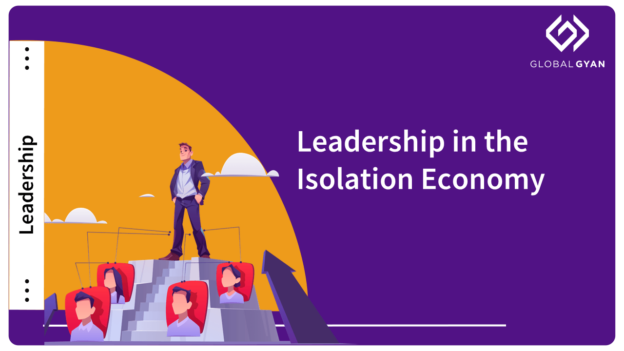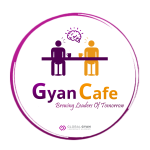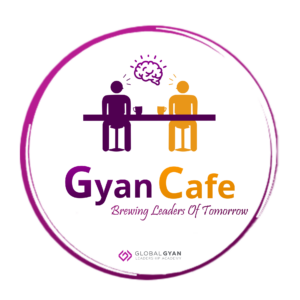Leadership in the Isolation Economy

The forces of distancing were already in motion. Whether it was migration for economic reasons, the changing nature of our family structures or the pervasive mobile data connectivity, we had begun physically disconnecting from our surroundings, even as we were always on. The recent growth in e-commerce, streaming videos, hyper-local delivery are testament to this shift.

Corona virus has had a multiplier effect on distancing. It forced us to experiment with new ways of living and working. What we had never done before, working remotely or doing all household chores, had to be quickly adopted. The forced experimentation surprisingly produced favourable results. It caused us to acknowledge that life could be lived, or work could be done differently, and therefore, some changes could be continued even when things became ‘normal’. And the fear of recurrence of this situation is real. We know that the virus is not going away soon, and who knows what else could appear in future.

Forced experimentation leading to favourable results along with the fear of recurrence are pushing us to accept a new normal, that of a preference for isolation. In a post for Forbes.com, Kumar Mehta referred to this as the Isolation Economy. This is a mindset where we prefer to stay at home (or as close to it as possible), and have things reach us than we go out seeking them. Isolation is not limited to the walls of one’s home; every social unit seeks to isolate itself as much as possible. Residential colonies or societies are imposing strict rules on who can enter and not; cities and states are monitoring their borders; countries are raising the rhetoric of self-reliance.
In such an economy, which businesses will thrive and which will face reduction in demand? To anticipate the impact, GlobalGyan Academy has developed the Isolation Distance and Frequency Framework. We begin with human behavior and activities that we normally pursue. We categorize activities along the two dimensions of physical location (at home or away) and frequency (frequent & periodic or occasional).

Our hypotheses are as follows:
High-frequency Away activities will see a shift to At Home
Whether it is ‘work’ or education, or buying groceries, or exercise, there would be a shift homewards. Obviously it will not move 100% immediately, but the direction is very clear. It was already happening and it will get accelerated now.
Positive Impact: Residential real-estate, particularly townships / complexes; software, apps, devices that enhance Work From Home; e-learning / virtual live classrooms; local businesses & hyperlocal delivery, particularly of food, vegetables & groceries; telecom, broadband & data centres; video-calling, AR & VR; etc.
Negative Impact: Office real-estate; independent gyms & fitness centres; global supply chains; oil & gas; etc.
Infrequent Away activities could see a partial shift to At Home, with Higher Frequency
Shopping, entertainment, partying, etc. would see some shift to home. There would be more demand for e-commerce and streaming videos, and as things move homewards, their frequency could increase too. A family that perhaps watched one or two new movies in a cinema could do it more often, from home. Geographical proximity will play a role here – if an away activity has to be done, preference would be for something that is closer and more familiar.
Positive Impact: Digital movie launches; domestic travel & tourism; domestic manufacturing; digital payments & financial services
Negative Impact: International travel & tourism; commercial / retail real-estate
Infrequent Away activities will seek a guarantee of ‘Isolation’
Not all away activities can be moved home, therefore, we will seek a guarantee of isolation in terms of hygiene, health and safety from all facilities that are shared with others. This will create an Isolation Premium, causing customers to choose trusted brands for such activities. Ownership (e.g. own vehicle) will be preferred over sharing (ride-sharing) and we will see the emergence of certification brands.

Businesses have two levers to gain customer preference in the Isolation Economy. First, they need to conceptualize a virtual engagement model with customers. Even if they are selling a physical product, a substantial part of the buying and consumption process can and must be moved to virtual media. Second, they should build an early lead in winning customer trust as Isolation brands. This would require a redesign of end-to-end processes as well as obtaining independent audit or certification.Customer behaviour is changing as we speak; therefore, it is the perfect time to observe and experiment. A few companies, even in tough sectors like hotels, have launched interesting products in anticipation of this new normal. Those who are nimble will succeed in the Isolation Economy.



